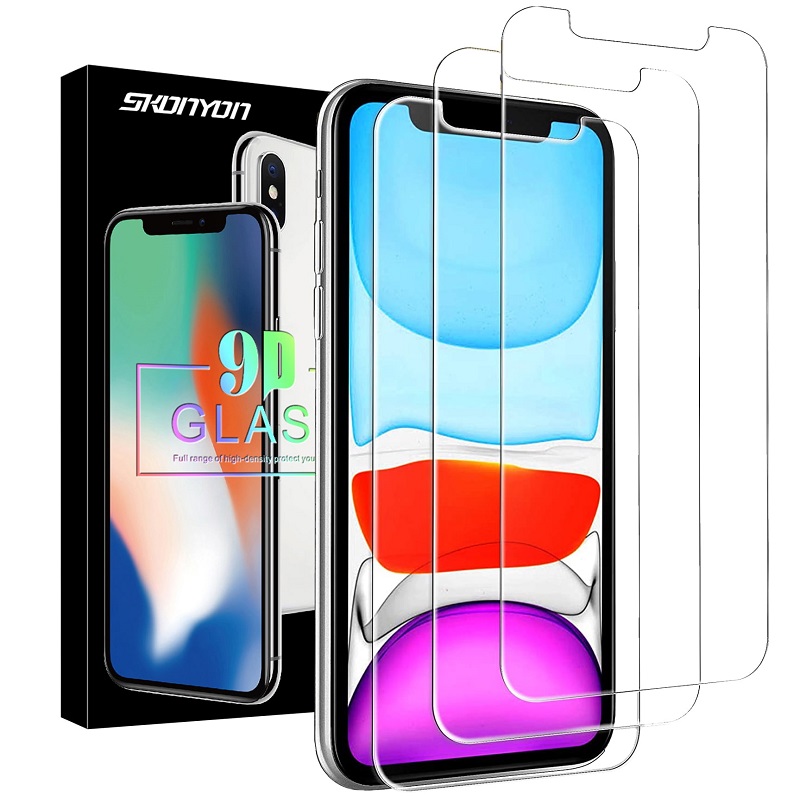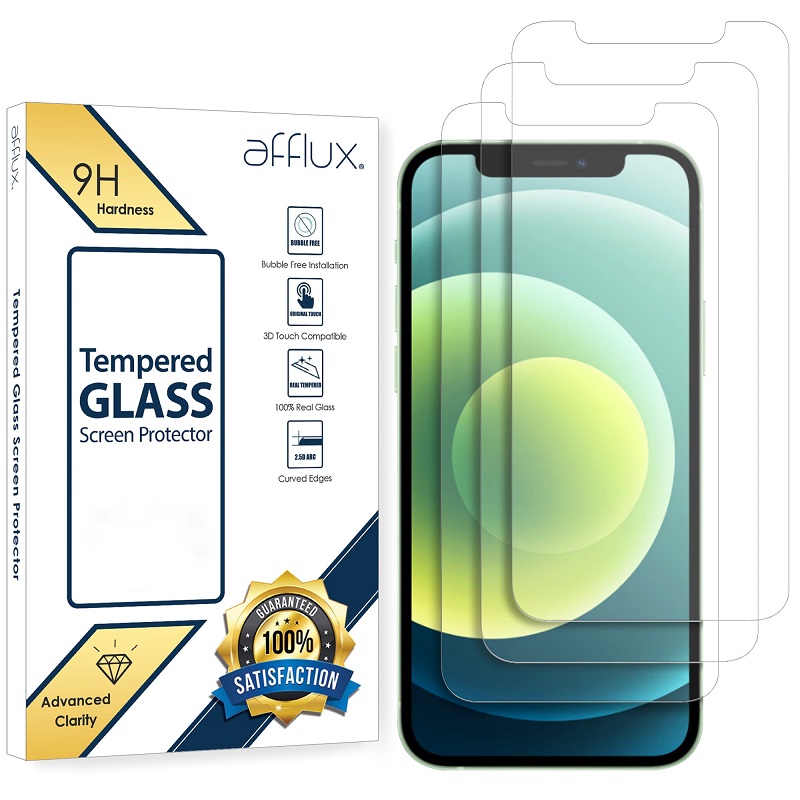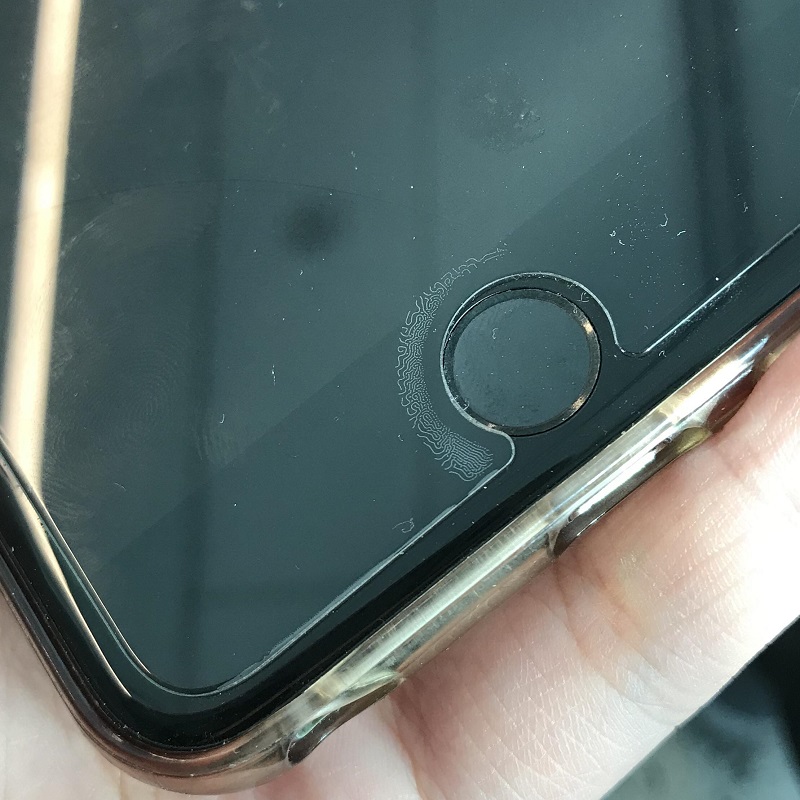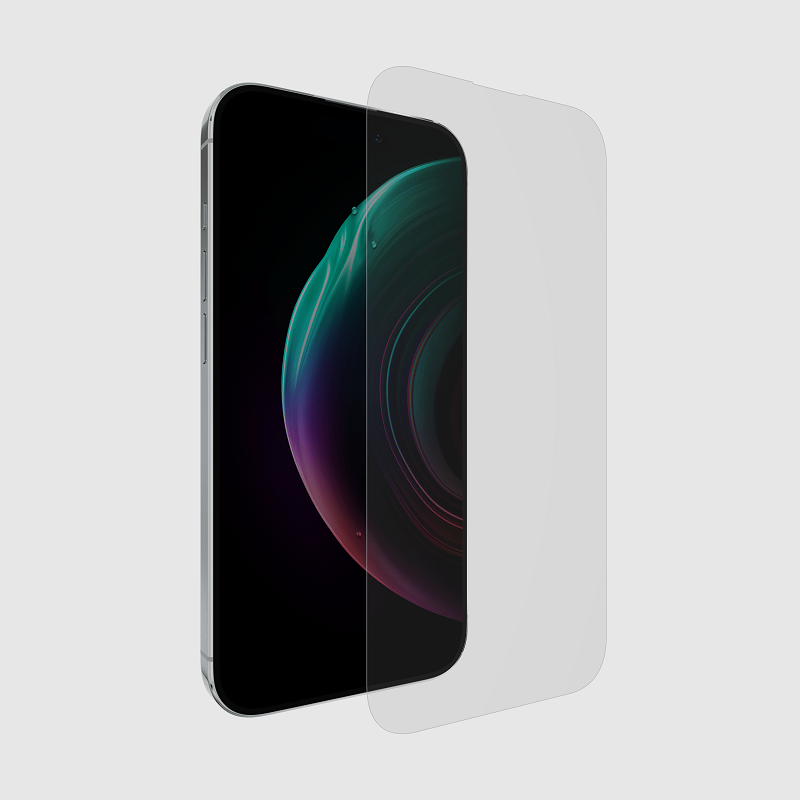Applying a screen protector is an essential step in safeguarding your device’s screen from scratches, cracks, and other damages. However, many users encounter a frustrating issue: bubbles forming under the screen protector. Understanding why this happens and how to resolve it can help you achieve a flawless installation and maintain the protective qualities of your screen protector. This article will delve into the causes of bubbles, effective solutions, and tips for applying screen protectors correctly.
Understanding Screen Protectors
Types of Screen Protectors
Screen protectors come in various types, including plastic film, tempered glass, and liquid screen protectors. Each type has its own benefits and drawbacks. Plastic film protectors are typically thinner and more flexible, making them easier to apply, but they offer less protection against impact. Tempered glass protectors provide better durability and scratch resistance but can be more challenging to install without bubbles. Liquid screen protectors, on the other hand, are applied directly to the screen and harden to form a protective layer, which eliminates the possibility of bubbles but requires a different application technique.
The Importance of a Good Installation
The effectiveness of a screen protector largely depends on proper installation. A poorly applied protector can not only lead to bubbles but also compromise the device’s touch sensitivity and clarity. Understanding the characteristics of different screen protectors can help users choose the right type for their device and ensure a smoother installation process.

Common Causes of Bubbles
Improper Installation Technique
One of the primary reasons for bubbles under screen protectors is improper installation technique. When applying a screen protector, it’s essential to start at one end and gradually work your way across the screen, smoothing it out as you go. If you simply lay the protector down flat, air can get trapped underneath, leading to bubbles. Additionally, applying the protector too quickly or carelessly can exacerbate this issue.
Dust and Debris
Another significant cause of bubbles is dust and debris on the screen or the adhesive side of the protector. Even tiny particles can prevent the protector from adhering properly, creating pockets of air that form bubbles. This is why thorough cleaning of the screen before application is crucial. Many screen protector kits include cleaning wipes and dust removal stickers to help eliminate any potential contaminants.
Temperature and Humidity
Environmental factors such as temperature and humidity can also affect the installation of screen protectors. Applying a protector in a humid or excessively hot environment can alter the adhesive properties, making it more prone to bubbling. Ideally, screen protectors should be applied in a dry, room-temperature environment to ensure optimal adhesion and reduce the risk of bubbles forming.
Solutions for Existing Bubbles
Using a Credit Card
If you find bubbles under your screen protector after installation, don’t despair. One effective method for removing them is using a credit card or similar object. Gently slide the card from the edge of the bubble towards the center, applying even pressure. This motion can help push the trapped air out and flatten the bubble. Be careful not to apply too much force, as this could damage the protector or the device screen.
Resealing the Protector
In cases where bubbles persist despite your efforts, you may need to consider resealing the protector. Carefully lifting one edge of the screen protector can allow air to escape. Use a clean cloth to hold the lifted edge and smooth the protector back down while applying even pressure to eliminate remaining bubbles. This method requires a steady hand and patience, but it can effectively restore the protector’s adhesion and eliminate bubbles.
Using Heat
If the bubbles are stubborn, applying a little heat may help. Use a hairdryer on a low setting and hold it a few inches away from the protector. The warmth can make the adhesive more pliable, allowing you to gently push the bubbles out with a card or your fingers. Be cautious with this method, as excessive heat can damage your device or the protector itself.

Preventing Bubbles During Installation
Clean Your Screen Thoroughly
Before applying a screen protector, ensure that your device screen is clean and free of dust, fingerprints, or any other contaminants. Use a microfiber cloth and an appropriate cleaning solution to wipe the screen thoroughly. Additionally, consider using dust removal stickers included with many screen protector kits to lift any lingering dust particles that may be invisible to the naked eye.
Follow the Instructions Carefully
Every screen protector comes with specific installation instructions. It’s essential to read and follow these guidelines closely to avoid common pitfalls. Pay attention to details such as alignment, the order of application, and any recommended tools. By adhering to the manufacturer’s instructions, you’ll increase the likelihood of a bubble-free installation.
Choose the Right Environment
As mentioned earlier, the environment plays a crucial role in the application process. Aim to install your screen protector in a clean, dry space with moderate temperature and humidity. Avoid applying protectors in windy conditions, near open windows, or in high-traffic areas where dust can easily settle on your device. Creating the right environment can significantly reduce the chances of encountering bubbles during installation.
The Role of Quality in Screen Protectors
Investing in Higher-Quality Products
Not all screen protectors are created equal. Investing in a higher-quality screen protector can make a significant difference in both the installation process and the overall protection offered. Premium screen protectors often feature better adhesive technology that reduces the risk of bubbling and improves clarity and touch sensitivity. While they may be more expensive, the investment can lead to a better user experience and enhanced protection for your device.
Brand Reputation and Reviews
When selecting a screen protector, consider the brand’s reputation and user reviews. Researching products can help you identify which brands consistently deliver quality screen protectors with minimal installation issues. Look for reviews that specifically mention the ease of installation and the likelihood of bubbles forming. This information can guide your purchasing decisions and lead to a more satisfactory experience.

Long-Term Care for Screen Protectors
Regular Cleaning
Maintaining your screen protector’s clarity and adhesion is crucial for its long-term performance. Regularly clean the surface with a microfiber cloth to remove dust, fingerprints, and smudges. Avoid using harsh chemicals or abrasive materials, as these can damage the protector. Keeping the protector clean not only enhances visibility but also helps maintain its adhesive properties over time.
Monitoring for Damage
It’s essential to keep an eye on your screen protector for any signs of wear or damage. If you notice significant scratches, cracks, or peeling edges, it may be time to replace the protector. Ignoring these issues can lead to further damage to your device’s screen. Regularly assessing the condition of your screen protector will help you ensure that your device remains well protected.
Replacing When Necessary
When a screen protector becomes too damaged to serve its purpose, replacing it is necessary. Many protectors are designed for easy removal, allowing you to swap them out without hassle. When installing a new protector, be sure to follow the previously mentioned tips to avoid bubbles and achieve a flawless finish. Investing in regular replacements can help ensure your device remains in optimal condition.
Conclusion: A Bubble-Free Experience
Encountering bubbles under a screen protector can be a frustrating experience, but understanding the causes and solutions can make the installation process smoother. By recognizing common pitfalls, employing effective techniques to remove existing bubbles, and taking preventive measures, you can achieve a flawless application.
Investing in a high-quality screen protector and following best practices for installation will enhance your device’s longevity and performance. With the right approach, you can enjoy the full protective benefits of your screen protector without the annoyance of bubbles. Remember to maintain your protector and replace it as needed, ensuring your device remains safeguarded against potential damage.


